ANTD.VN - At the plenary session of the Vietnam Socio -Economic Forum held on the afternoon of September 19, experts contributed many solutions to promote sustainable economic growth.
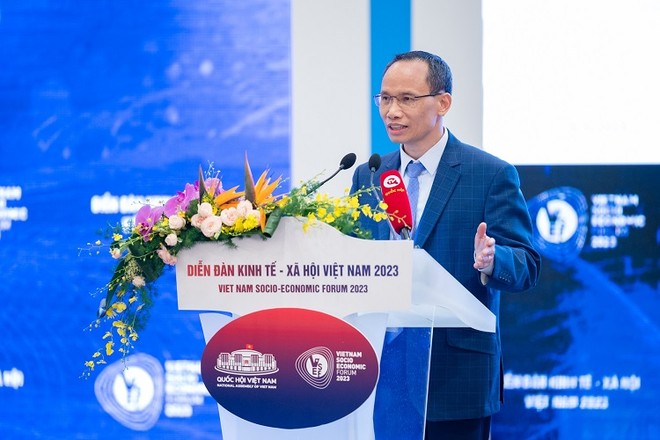 |
Dr. Can Van Luc presents economic growth scenarios and solutions |
Dr. Can Van Luc and the group of authors from BIDV Training and Research Institute: Promoting existing resources, exploiting new resources
Since 2020, our economy has also faced a number of difficulties, challenges and limitations. The forecast GDP growth in 2023 according to the baseline scenario is 5.2-5.5%. With the negative scenario that the world economy is in a more severe recession, taking advantage of fewer opportunities from new growth drivers, the forecast growth is 4.4-4.5%.
However, with a positive scenario where the world economy recovers soon and new growth drivers are exploited (such as digital transformation, promoting regional connectivity by promoting the two main drivers, Hanoi and Ho Chi Minh City), growth could reach 5.5-6%.
For 2024 and 2025, according to the baseline scenario, the world economic situation is forecast to gradually recover, inflation is controlled and gradually falls below 3% in 2025, at which time, Vietnam's economic growth is forecast to reach about 6% in 2024 and 6.5% in 2025.
In the coming time, opportunities and challenges are intertwined, so to regain rapid and sustainable growth momentum, the National Assembly and the Government need to implement many policies and solutions to both ensure macroeconomic stability, enhance resilience, consolidate traditional growth drivers, and create enough space to effectively exploit new growth models and drivers, both in the short and long term.
The research team recommends two main groups of solutions: Group of solutions to strengthen existing growth drivers; Group of solutions to promote and exploit new growth drivers.
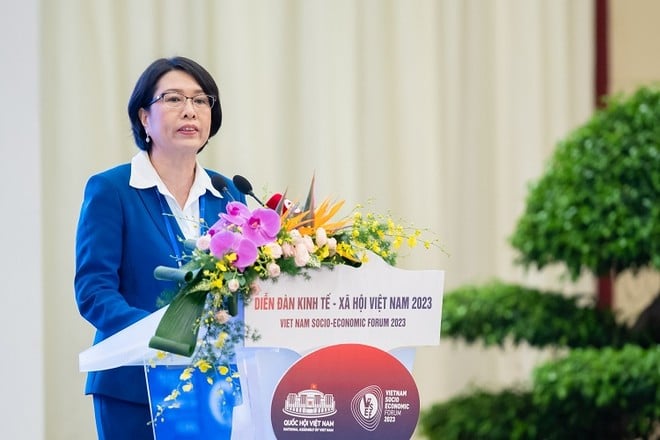 |
Dr. Tran Thi Hong Minh affirms the role of institutions in economic growth. |
Dr. Tran Thi Hong Minh - Director of the Central Institute for Economic Management: Need to exploit institutional resources
The economic restructuring process in the 2021-2023 period has brought about some positive results. In particular, the economic structure has shifted significantly towards digitalization, greening, application of scientific and technological achievements and innovation. Restructuring some key areas such as the system of credit institutions, state budget and public investment has achieved important results, contributing to stabilizing the macro economy and maintaining growth momentum. The economic space has been expanded, creating new, more seamless and sustainable driving forces.
The issuance and implementation of plans (national, sectoral, regional) associated with the improvement of institutions and regional linkage policies have created conditions to promote the movement of resources and promote the advantages of each region and locality. Markets continue to develop in a more effective and sustainable direction....
In the current context and situation, Dr. Tran Thi Hong Minh stated that Vietnam is a developing economy, with a desire to develop with a vision of 2045, and is located in a dynamically developing Asia-Pacific region.
Therefore, maintaining macroeconomic stability, ensuring major balances and social security are indispensable foundations, but we must still strive to achieve the highest possible goals, including promoting high-quality, sustainable economic growth.
Dr. Tran Thi Hong Minh believes that the positive point is that there are foundations for “innovative thinking”. However, realizing these thoughts requires a more thorough and comprehensive assessment of the internal strength of the economy. That internal strength is not limited to the amount of money, gold and other assets that Vietnamese people are holding, but also requires exploiting institutional resources.
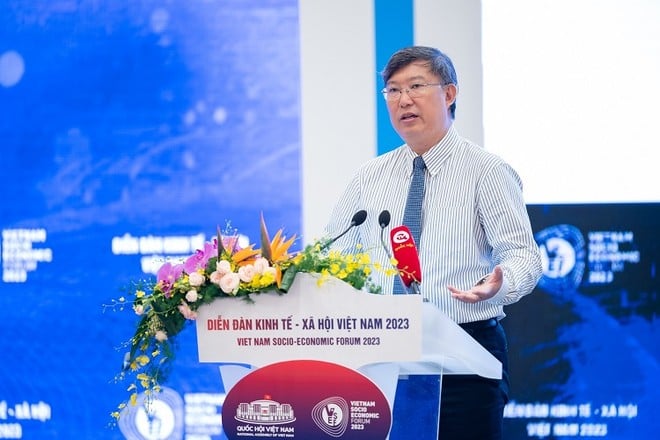 |
Mr. Nguyen Xuan Thanh affirmed that sustainable development is associated with green growth. |
Mr. Nguyen Xuan Thanh - Lecturer at Fulbright School of Public Policy and Management Vietnam: Prioritizing investment in renewable energy projects
Vietnam's economy is currently facing huge challenges in the short and medium term in terms of growth rate. Even without many changes in economic structure and promoting the positive impact of some new growth drivers, achieving the target of an average GDP growth of 6.5% in the 2021-2025 period is extremely difficult.
The three current growth drivers of the Vietnamese economy, namely domestic consumption, investment and export, are not moving towards green transformation and circular economy. If we continue to promote growth with these three traditional drivers without policies to encourage behavioral changes in consumption, investment and production and business, the green transformation goals will certainly not be achieved.
On the contrary, issuing and implementing administrative policies, passive reactions, and forcing a change in the growth model without a roadmap will significantly reduce economic growth.
Accordingly, it is necessary to transform the growth momentum of domestic consumption and production into a circular economy based on an ecosystem led by industry clusters.
In the public investment plan, investment projects in the renewable energy sector should be given top priority and the highest incentive mechanisms should be applied to attract domestic and foreign private investment in this sector.
The first policy priority is to strengthen the grid to move renewable electricity from the point of generation to the point of consumption. A stronger and smarter grid will reduce outages and make it more affordable.
The next policy priority is to create a system of electricity price auctions for renewable energy producers. Because solar and wind (as well as hydrogen) have low or near-zero operating costs, with the remaining costs being mostly fixed, these sources have a natural advantage in bidding for electricity prices compared to coal or gas (which cannot bid below the cost of fuel without making a loss).
While renewable power producers would always prefer off-take contracts, they would also be satisfied with a transparent, public electricity price auction mechanism managed by an independent dispatch center.
Source link





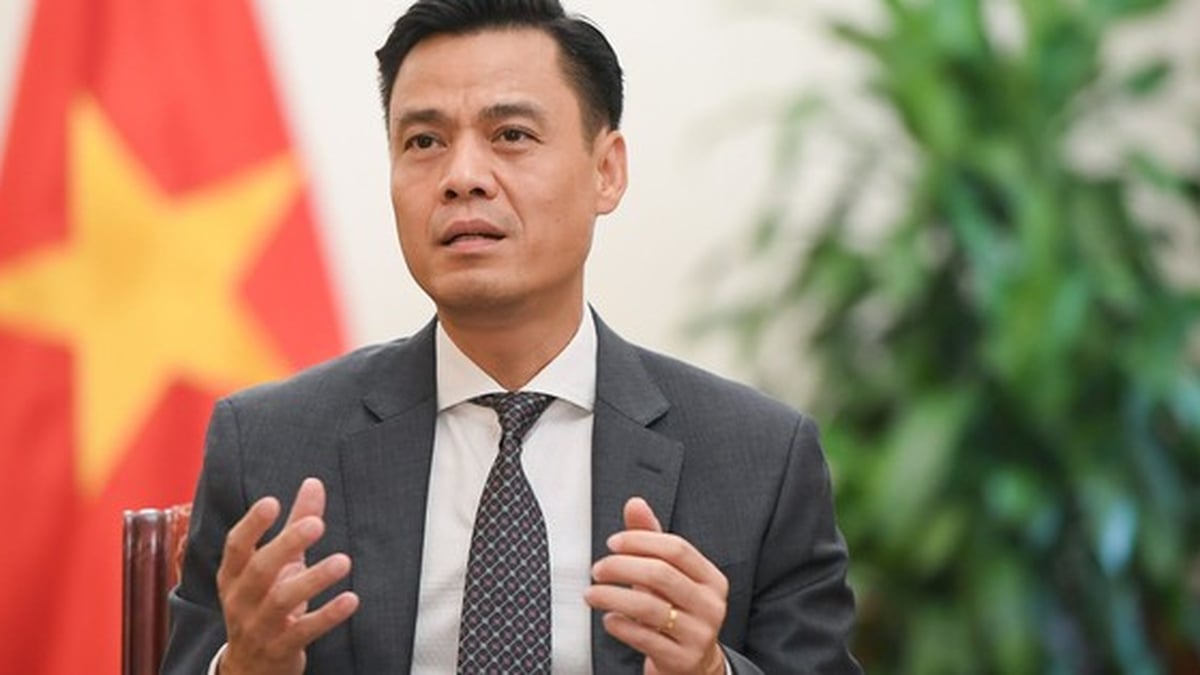




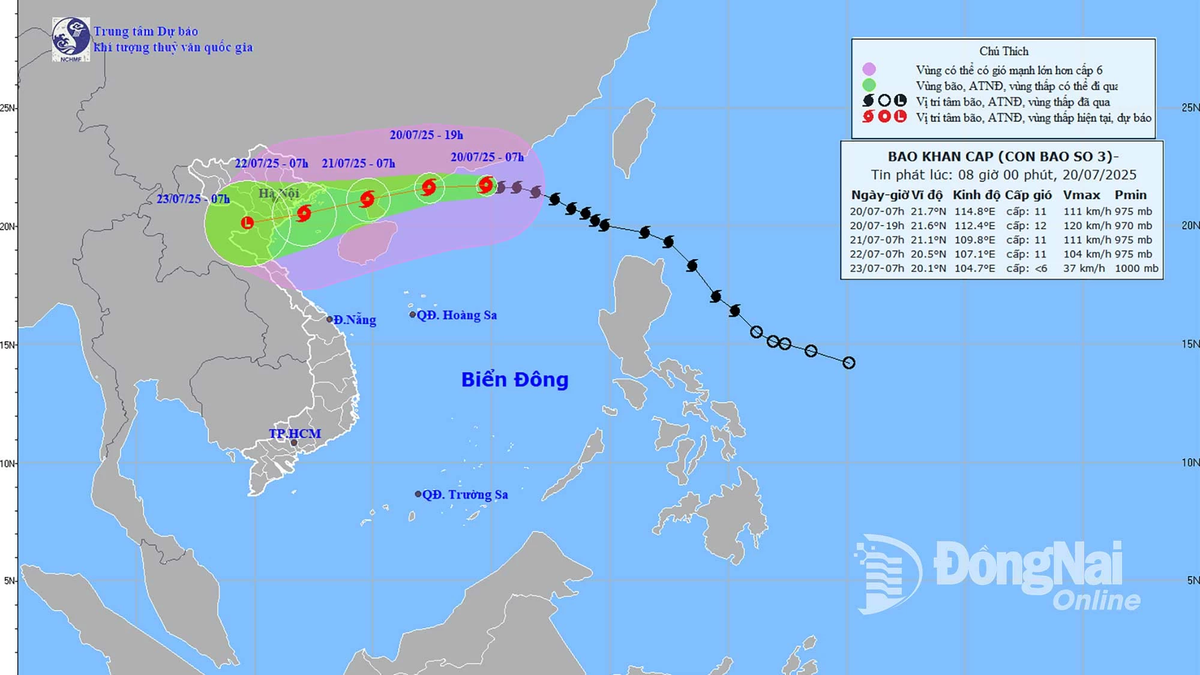
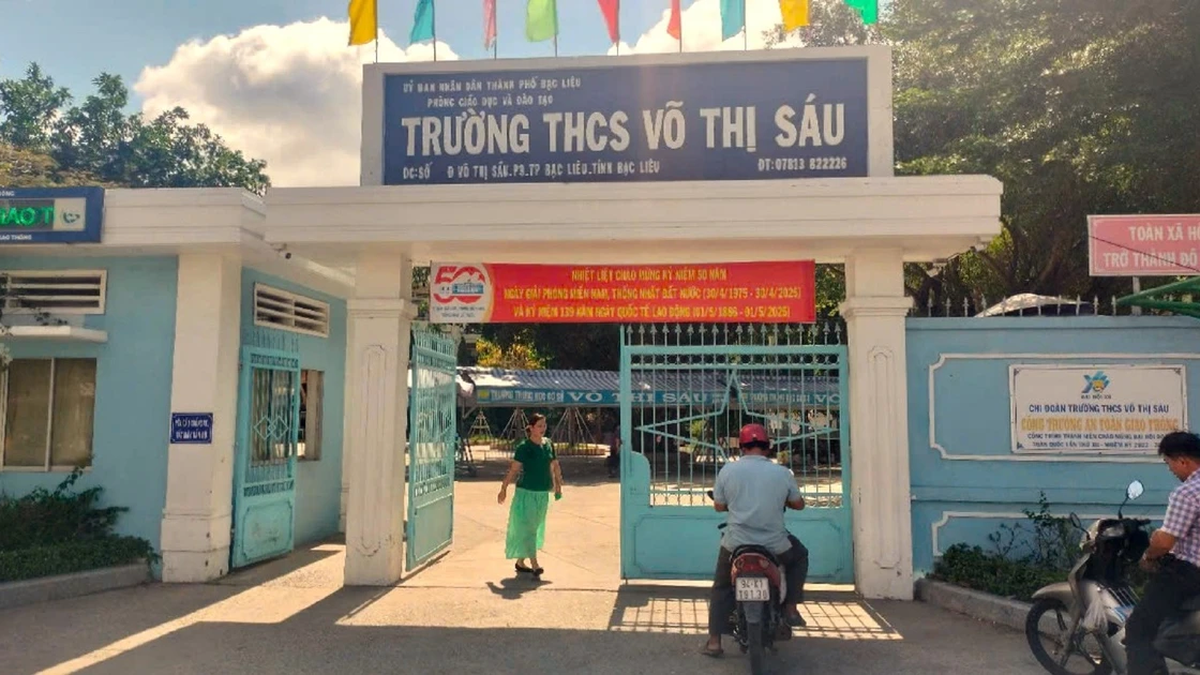




























































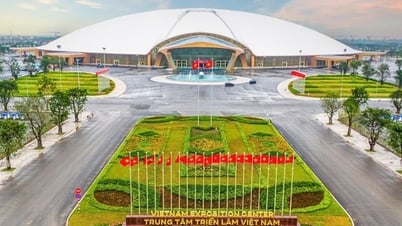



























Comment (0)